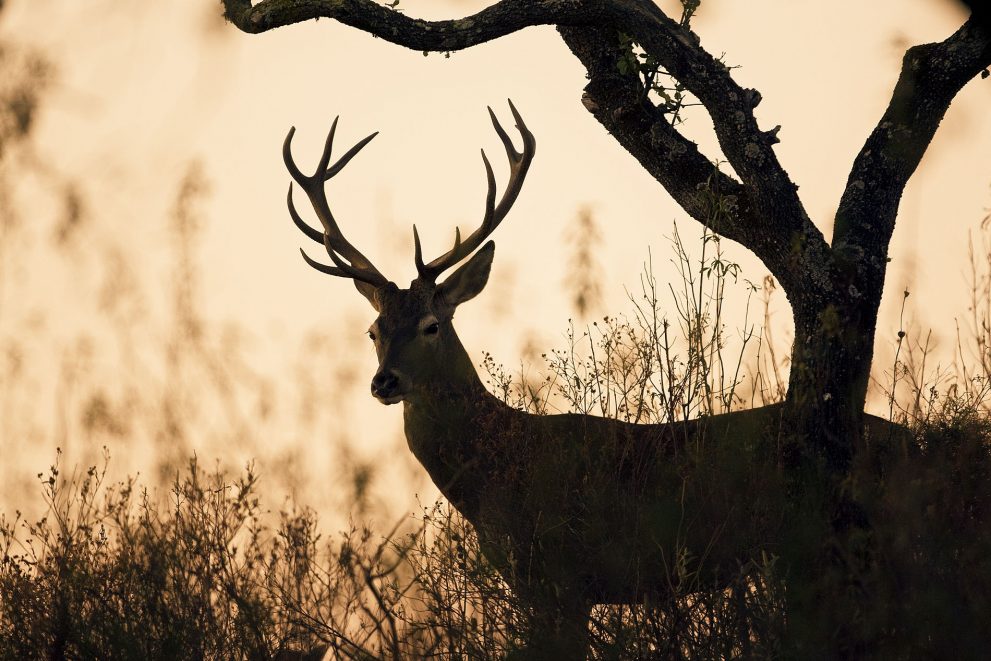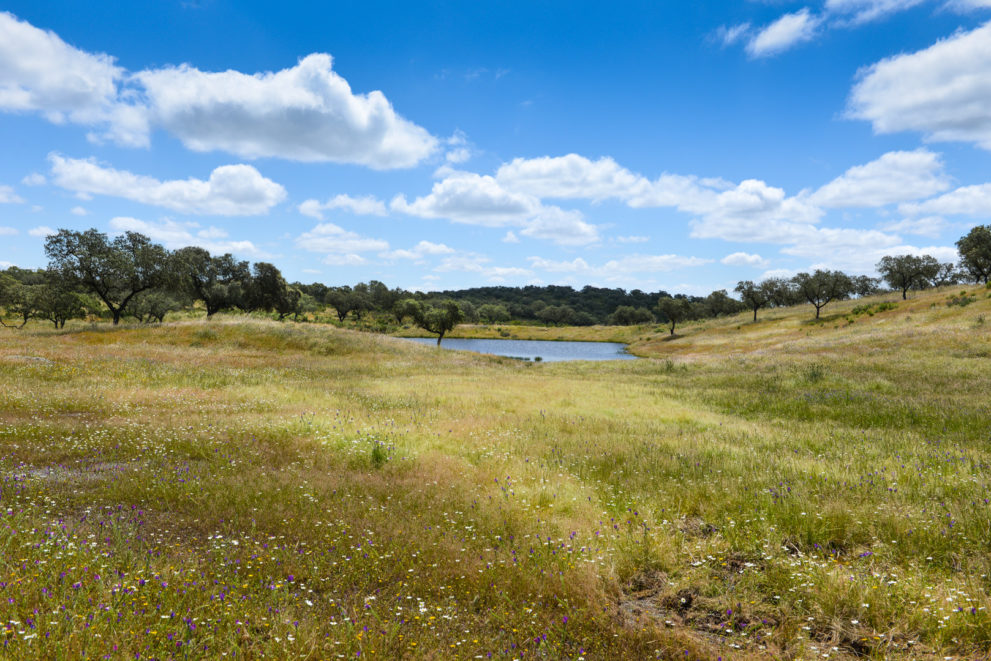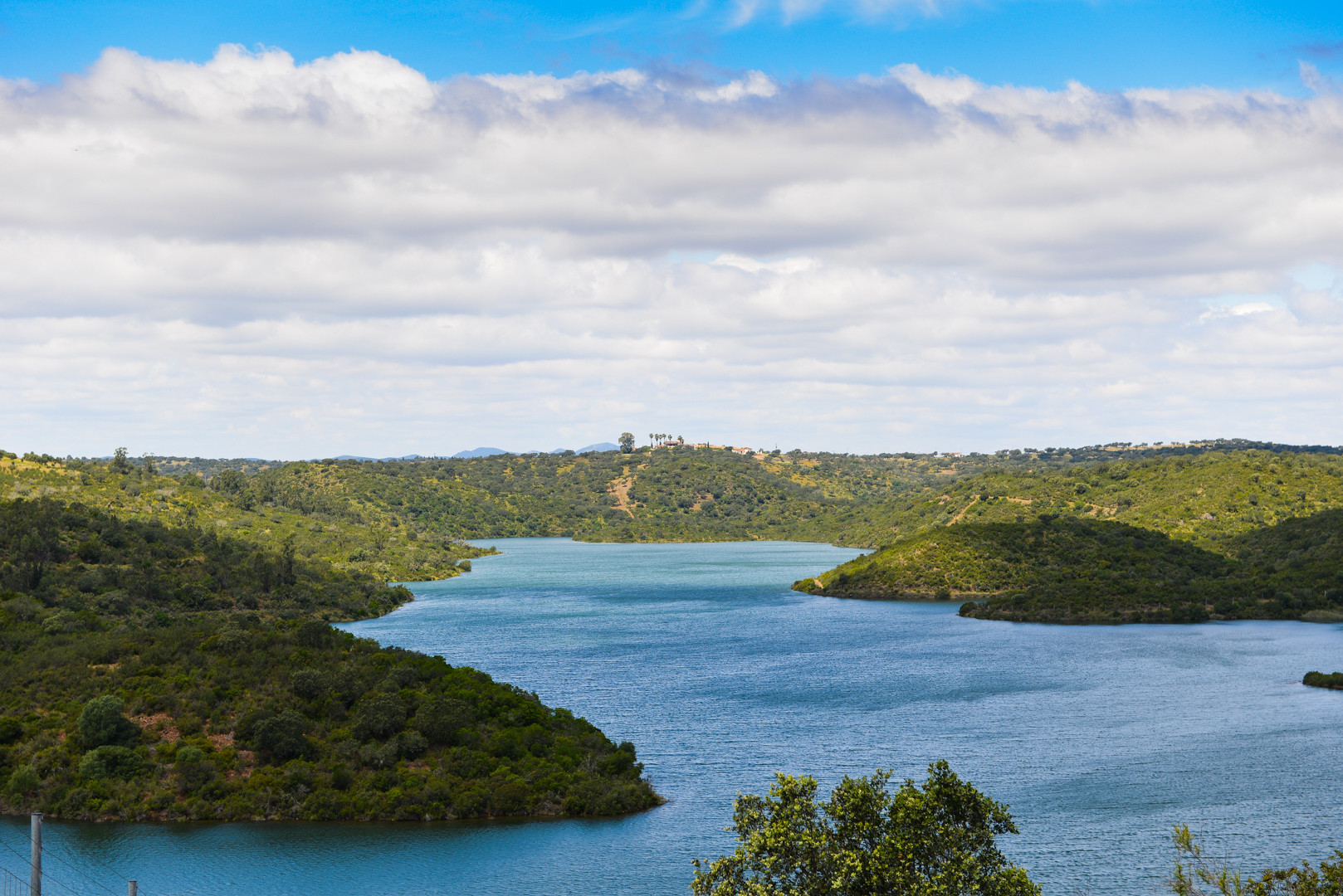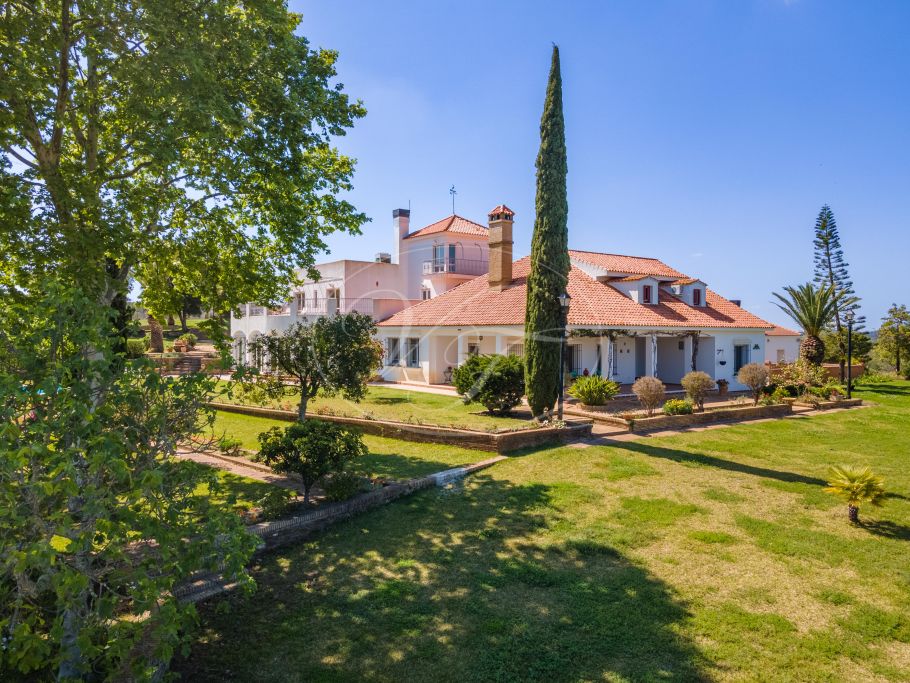There are two kinds of people who come to visit Huelva. On the one hand, those who look for rest and relaxation. Nature lovers who come to clear their minds from their daily life and work. And on the other hand, people who specifically come to Huelva to practice sports on land and on the water. The province of Huelva provides both these options and therefore attracts people from all the different corners of the world. In this guide you can find all the information you need to know about the ins and outs of Huelva province.
Is Huelva a good place to live?
Huelva is a truly marvellous place to live in. This province lies on the west side of Andalusia, bordering with Portugal and Seville. The Guadiana and Guadalquivir rivers run through Huelva, giving the province a rich and healthy countryside. Unlike the rest of the provinces, the coast of this province finds itself at the Atlantic Ocean, meaning the water is colder than in the Costa del Sol. Nevertheless, if you love surfing and kiting, all you need to do is wear a wetsuit. Water sports, including sailing, are much better practiced in the Atlantic Ocean vs the Mediterranean Sea.
If water sports are not what you came for, then the long and soft white beaches will make you come back a thousand times and more! One area that you should definitely visit is “El Rompido”. This lovely beach is protected, and has a port with lots of fishing boats in the bay. It has been elected as one of the most beautiful fishing villages of Spain!
What is special about Huelva´s natural landscape?
When you visit Huelva, the National Doñana Park ought to be on your list. It is world-wide known, primarily because it has the largest biodiversity in Europe. Additionally, it is Europe’s most important beautiful wetlands, covering 543 km2. 135 km2 are a protected area. Its ecosystem is extremely diverse, you will see marshland, lagoons, pine groves, dunes, cliffs and endless white beaches. The park protects and gives a home to thousands of migratory birds from Europe and Africa. Moreover, the park shelters deer of two kinds, fallow and the Spanish red kind. Also wild boards, badgers, Egyptian mongooses and several endangered species. If you keep your eyes open you might see the Spanish Imperial Eagle and the Iberian Lynx.
Andalusia is beautiful because every province is unique in its own way. Huelva too has a breathtaking and unique landscape. Ranging from stunning coastlines, to rolling hills with oak trees a little further inland and finally a spectacular mountain range further north around Aracena. The diversity in Huelva will ensure you’ll find your dream country property here.
If you love cycling and hiking, then Huelva is an even better place to live. Further inland and up in the mountains you will find the Sierra Morena. This mountain range system crosses 6 different provinces, stretching 450km from East to West. Numerous routes have been pointed out that you can follow to discover the beautiful natural scenery. The diverse and extensive landscape is what makes Huelva a paradise for hunters. Huelva counts with approximately 785.000 hectares of hunting grounds, spread out over more than 800 hunting estates. Since so much land is dedicated to this sport, you will find hunting estates by the coast and in the mountains.

What to do in Huelva?
Huelva has countless fishing villages that have survived modernisation over the last two decades. Fishing has always been a main source of income in this coastal area. Today, this activity has been turned into a touristic activity too. Specifically the hunt for tuna fish has become a popular activity. Huelva is located on the Costa de la Luz, the coast of the light, so naturally the beach lifestyle is very popular here. As an alternative, there are several luxury golf courses and gorgeous harbours that you can visit. Huelva offers everything to ensure you experience a joyful and relaxed holiday.
Yet another popular activity is visiting the Tinto River and as its mines. The red colour is due to the iron, copper, zinc and arsenic that the mines release into the water. Because of these minerals, the water has very low oxygen levels. Scientists thought life would be impossible, however, microorganisms have been found. It is believed that the conditions under which they live represent an ancient environment model developed during the Archaic period. Scientists now want to study these waters more as they speculate life could adapt to the conditions on planet Mars.
Furthermore, many different dolmens have been found in Huelva. A dolmen route has been made to visit the most spectacular ones, they include the Soto, Labradillo, Pozuelo and Gabrieles dolmens. Additionally and La Gruta de las Maravillas. A final detail that must be highlighted is the Jamon Iberico! The Iberian pigs of Huelva live like royals. They’re always in the open air on large fincas with oak trees that provide shade and acorns. The acorns give the ham the unique nutty taste, 100% natural.
What is Huelva’s History?
Andalusia is known for the Arab influence of many centuries ago. However, Huelva’s influence comes from a different civilisation. The Greeks came to Spain around the year 640 BC. A myth circles around that tells how a kingdom arose in Western Andalucia, exactly where the Greeks left their footprint. The kingdom was known as the Tartessos. It is said the Tartessos traded with the Phoenicians and became a rich and powerful civilisation. Unfortunately, their civilization is still a big mystery. Many historians deduce that it may have emerged in Huelva, near the Doñana Park. Many riches have been found here, but not enough to uncover the past.
Huelva is also historically known for the famous voyageur Christopher Columbus, the Italian explorer. In 1492, Columbus left from the port in Huelva with 3 sailing ships: Niña, Pinta and Santa María. It was with these ships that he discovered the Bahamian islands and what we now know as Haiti and the Dominican Republic.
Finally, Spain has many traditional dances, Flamenco being the most famous one. Huelva may not be the province where Flamenco originated, but a typical dance that is widely recognised in the Flamenco branch and that is danced by many did start in Huelva. It is called the Fandango de Huelva, and originated in the village Alonso.
What are the climate and weather like in Huelva?
The climate in Huelva is Mediterranean, quite warm during the summer months and moderate during the winter months. If you want to escape the heat in the summer months, the mountains are the place to be: it is always cooler here. You can also escape to the coast, where the Atlantic breeze will regulate the temperatures. The hottest month is July with an average temperature of 25°C and the coldest month is January with an average temperature of 11°C.

Danielle Ernstsen | 13th December 2022


